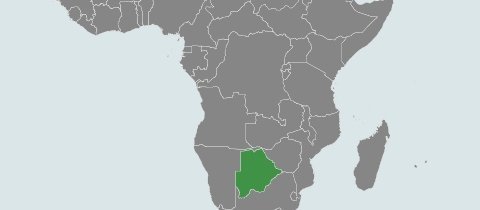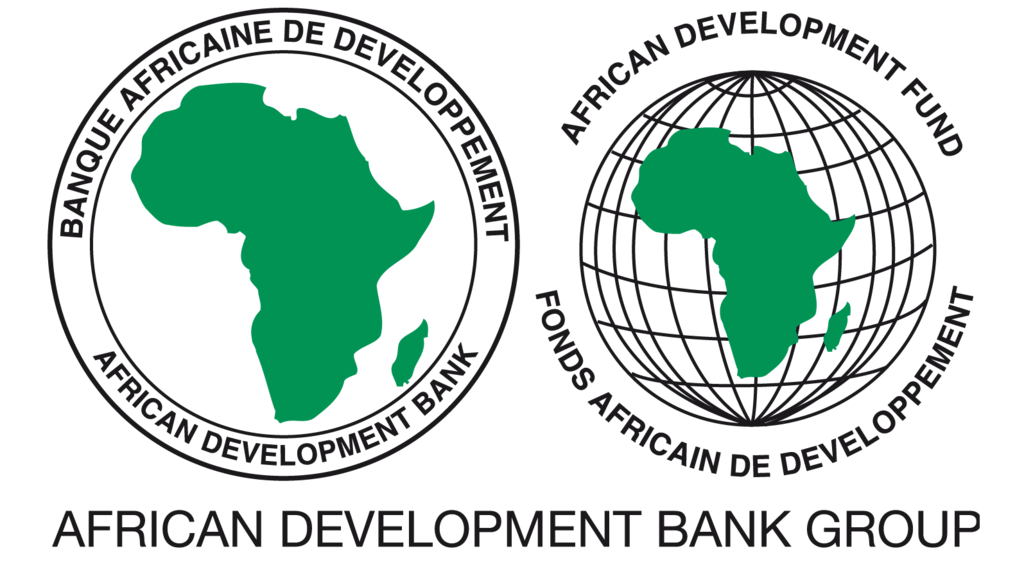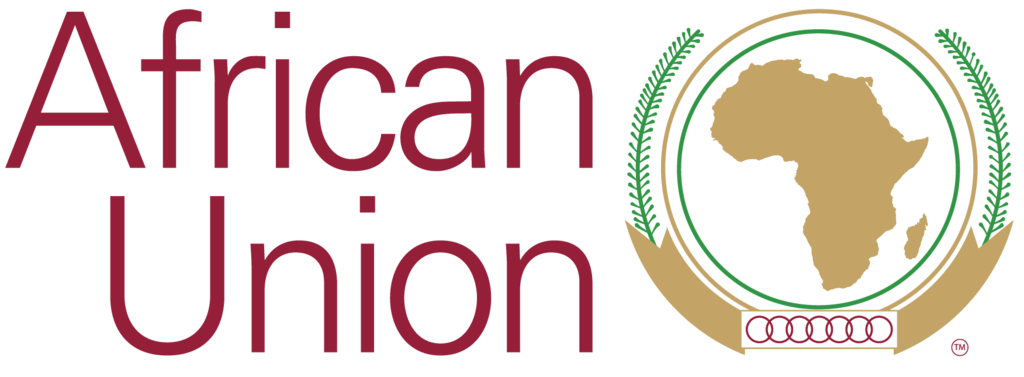At a glance
Botswana electricity access has reached 77% of the population in urban areas, while in rural areas is still limited to 37%, although increasing. The national overall electricity access rate is 60%. The Global Tracking Framework estimates the national access to clean cooking solutions at 64%.
Policy objectives with regards to energy access are ensuring improved security of supply and reliability of energy supply to all sectors of the economy. Government has set national electricity access target of 82 % by 2016 and 100% by 2030.
Botswana relies mainly on electricity, coal, fuelwood and petroleum for its energy demands. Total energy supply for the country in 2008 was 1604.10 toe with petroleum being the major supplier followed by coal (29%) and Electricity (17%). Renewable energy resources for Botswana are solar, wind, and various forms of bioenergy that include biofuels and biomass wastes .Botswana has no perennial rivers and large dams and therefore has no potential for hydro-power. Regarding solar, Botswana has direct normal irradiation (DNI) of 3000kwh/m2/year, which is among the highest in the world. The area bordering Botswana, South Africa and Namibia is among the areas with the highest DNI. It is estimated that using less than 1% of the country area, Botswana could meet its current electricity consumption.
At a national level, a Rapid Assessment / Gap Analysis of the energy sector was produced and following a request dated January 2016, the country will embarked in the process of developing its national SEforAll Action Agenda and Investment Prospectus with the technical assistance of the SEforAll Africa Hub. The development process will start by mid-2016 and is expected to be finalized early 2017.
The SEforAll implementation is followed by a focal point in the Ministry of Minerals, Energy and Water Resources
| SEforAll Action Agenda Objectives | 2030 |
|---|---|
| Electricity Access, national | n.a. |
| Access to clean cooking, national | n.a. |
| Renewable Energy Output | n.a. |
| Renewable Energy Consumption | n.a. |
| Energy Efficiency | n.a. |
| Country Action Documents | Status |
|---|---|
| Rapid Assessment | Finalized |
| Action Agenda | Under development |
| Investment Prospectus | Under development |
Documents
- Botswana: Rapid Assessment Gap Analysis (1.05 MB)
Country statistics
| Series | 2010 | 2012 | 2014 | 2016 |
|---|---|---|---|---|
| Access to electricity (% of population) | 48.0% | 52.2% | 56.5% | 60.7% |
| Urban (% of urban population) | 62.7% | 67.7% | 72.7% | 77.7% |
| Rural (% of rural population) | 28.6% | 31.6% | 34.6% | 37.5% |
| Access to clean fuels and technologies for cooking (% of population) | 57.8% | 59.9% | 62.5% | 64.1% |
| Population, total | 2.0 Million | 2.1 Million | 2.2 Million | 2.3 Million |
| Renewable energy consumption (% of total final energy consumption) | 30.2% | 30.3% | 29.2% | - |
| Renewable electricity output (% of total electricity output) | - | - | - | - |
| Electric power consumption (kWh per capita) | 1,514.8 | 1,679.5 | 1,708.2 | - |






